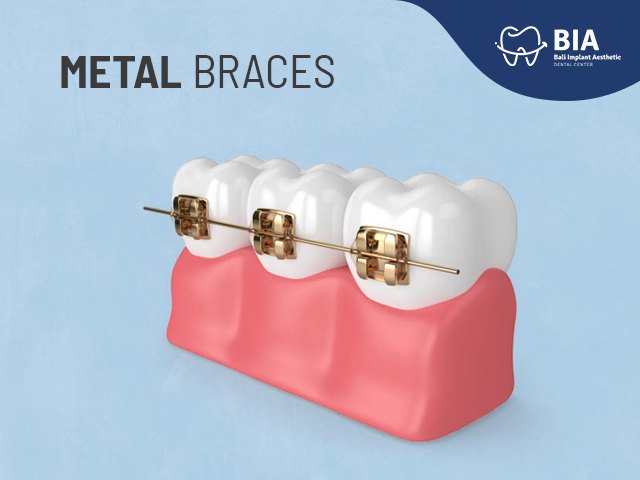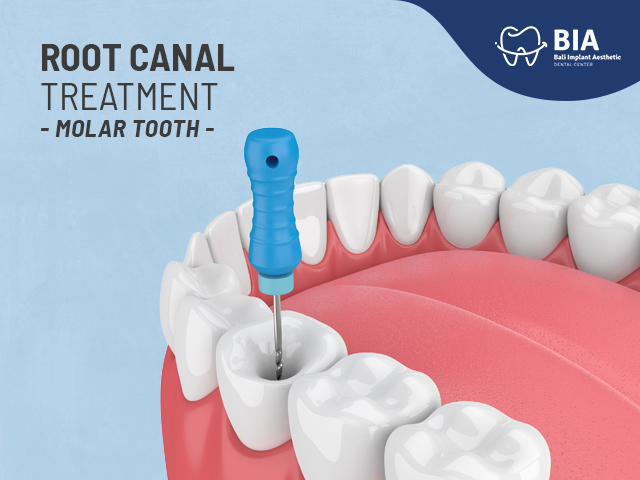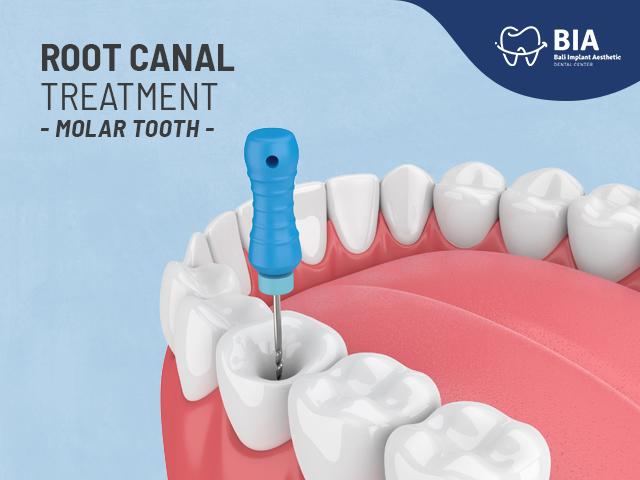Gum Cutting Treatment, What Is It?
Article | 2022-02-14 11:16:00
Gum Cutting Treatment, What Is It?
A beautiful smile is not just about teeth that are neat, clean, healthy, and shining white, but also about the proportions of the appearance of your gums when you smile. However, the real role of the gums is not only to beautify the appearance, but more than that, the gums are part of the supporting tissues of the teeth which are generally coral pink in color. Gums are one of the important supporting tissues for teeth, even the slightest problem with the gums will affect overall oral health.
The most common problem experienced by people is inflammation of the gums or gingivitis which is characterized by reddish gums or gums that bleed easily. This problem if not treated immediately will develop into periodontal disease or periodontitis which is usually characterized by severe inflammation of the gums, spontaneous bleeding of the gums, pain in the area around the teeth, loose teeth, and even tooth loss. This may occur due to inflammation progressing to bacterial infection to the deeper supporting tissues of the teeth, causing damage to the gums, alveolar bone (the bone that supports teeth), widening of the periodontal ligament, thereby reducing tooth attachment to the tooth socket.
One of the treatments that can be done to treat periodontal disease is gingivectomy. Some people call this procedure as gum surgery or gum cutting treatment. Before doing the gingivectomy, the initial treatment for gingivitis or periodontitis is tooth cleaning or scaling, if there is a gingival pocket, usually accompanied by deep scaling or curettage. Gingivectomy is recommended if there is no improvement in the patient's condition who has undergone scaling and curettage. The goals of gum surgery are to remove gingival pockets, regenerate gum tissue, and to improve the shape of the gums to improve function and appearance. The way a gingivectomy works is to cut off excess gum growth or cut the excess gums to make it easier to clean the teeth of plaque and calculus (tartar) that cause periodontal disease. The aim is to correct problems in the mouth that can contribute to dental health problems and ensure that the oral condition is conducive to proper long-term maintenance, thus making it easier for patients to maintain proper oral health.
After surgery, the teeth and gums will be treated until they are healthy again and optimal oral health is expected to be achieved. During surgery, the gums are made to fit around the teeth tightly; This will make it easier to keep your gums and teeth healthy and clean. Symptoms of gum disease such as swelling and bad breath will also be eliminated, and the teeth are expected to look more beautiful. To achieve optimal results, after surgery the patient is expected to take better care of his teeth and gums and follow all the advice and instructions given by the dentist. This usually involves using an antimicrobial fluoride toothpaste, floss, and antiseptic mouthwash.
Realize your dream of having clean and healthy teeth without gum and periodontal tissue problems with the best dental care for families at BIA (Bali Implant Aesthetic) Dental Center. BIA (Bali Implant Aesthetic) Dental Center is ready to serve you with the best professional dentists in their fields. BIA (Bali Implant Aesthetic) Dental Center is a trusted dental clinic near Kuta and not far from the airport. Don't let dental problems ruin your holiday in Bali, if you are enjoying the beautiful views of Ubud and unexpectedly need a dentist, the distance from Ubud to BIA (Bali Implant Aesthetic) Dental Center is approximately 35 km.
BIA (Bali Implant Aesthetic) Dental Center
Jl. Sunset Road No.86A, Seminyak, Badung, Bali Indonesia 80361.
+6282139396161
REFERENCE:
Newman, MG; Takei, HH;Klokkevold, PR; Carranza, FA; editors: Carranza’s Clinical Periodontology, 10th Edition. Philadelphia: W.B. Saunders Company, 2006. page 912-916.
Kawar N, Gajendrareddy PK, Hart T. Periodontal disease for the primary care physician. Dis Mon. 2011;57(4):174-183.




